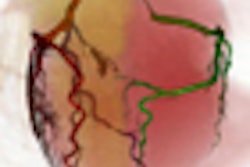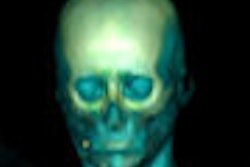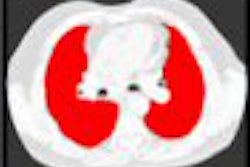Dear Advanced Visualization Insider,
While volumetric imaging has experienced dramatic progress thanks to advances in multidetector-row CT and high-field MRI, physicians still lack functional tools to navigate the human body and efficiently use these images, according to Kensaku Mori, Ph.D., of Nagoya University in Japan.
In response, a team of Japanese researchers has been working for a decade to develop what they call a navigation-based CAD system (NavI-CAD). The system fuses computer-aided detection (CAD) technology and navigation-based diagnosis capabilities, allowing doctors to navigate inside the human body, according to Mori.
He shared details of the work-in-progress system at the 2008 Computer Assisted Radiology and Surgery (CARS) meeting, held last week in Barcelona. International Editor Eric Barnes was on hand in Spain, and his coverage of the presentation is the subject of this month's Insider Exclusive. You have access to the story before it is published for the rest of our AuntMinnie.com members. To learn more about NavI-CAD, click here.
In other stories from CARS, a novel segmentation method was found to yield sharper CT angiography images. In addition, researchers noted that CAD software triggered a range of behaviors in readers.
The role of advanced imaging was also featured in a talk about how imaging workstations are crucial in the era of personalized medicine. You can learn more by clicking here.
In another featured article this month, Gary Kaiser, Ph.D., and Dr. William Shea of NightHawk Radiology share their thoughts on how the development of 3D technology has outpaced the readiness of users. Click here for that story.
Be sure to check back with the Advanced Visualization Digital Community in the coming weeks for more coverage from CARS and the latest advanced visualization news.




















